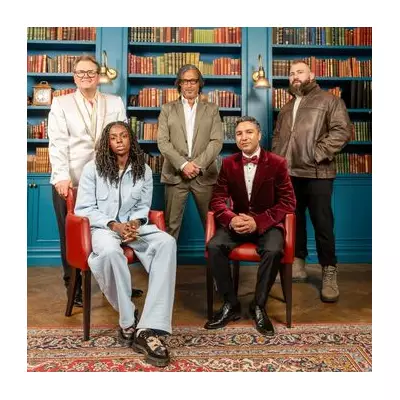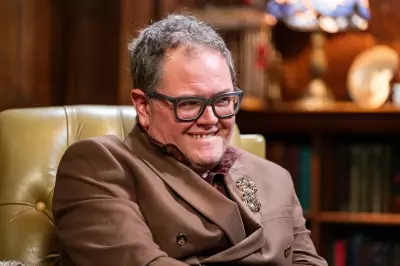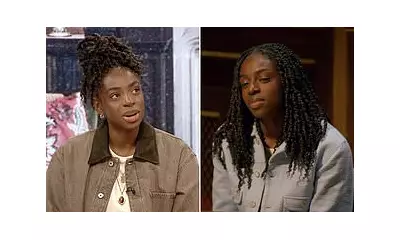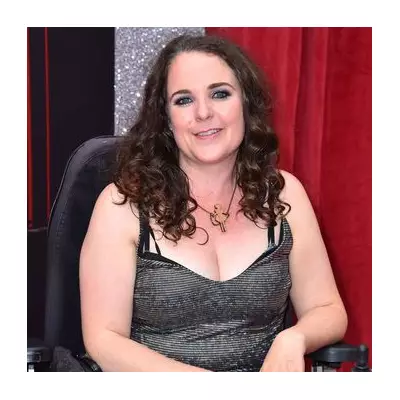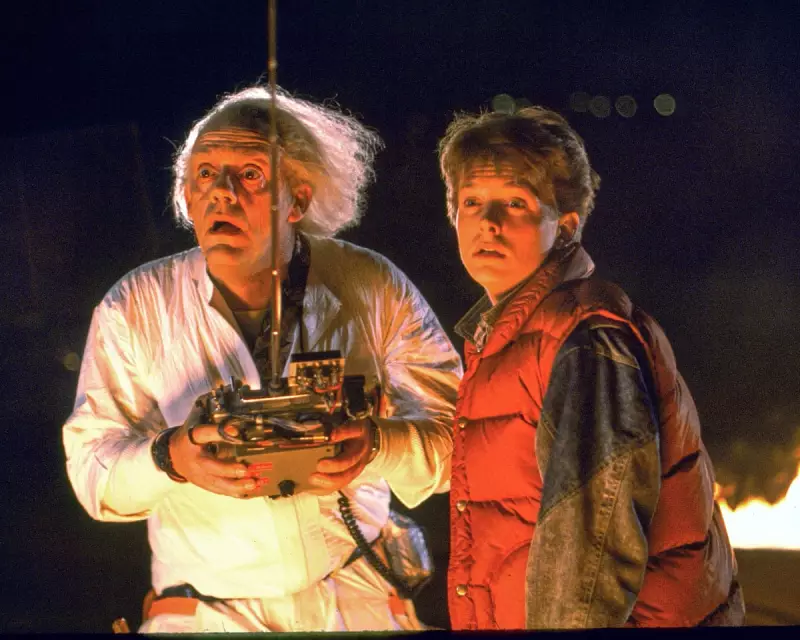
The Impossible Schedule That Created a Classic
Michael J Fox has returned to the spotlight with his fifth Hollywood memoir, but this time he focuses on what might be his most incredible professional achievement. In Future Boy, co-written with Nelle Fortenberry, the actor details the three-month period in 1985 when he simultaneously filmed his breakout sitcom role in Family Ties and the timeless science fiction adventure Back to the Future.
The then 23-year-old actor maintained a gruelling schedule that would be unthinkable today, working 20-hour days, six days a week. This punishing routine was only possible during an era before entertainment industry labour laws protected performers from such extreme demands.
How a Canadian Actor Defied Hollywood Odds
Fox's journey to becoming one of Hollywood's most beloved stars seemed unlikely from the start. The working-class Canadian actor stood at just 5ft 4in, characteristics that typically worked against aspiring leading men in 1980s Hollywood. Yet these very qualities became his secret weapons.
His height actually proved advantageous when securing his US work visa, as producers argued he was "special and unique in America" – old enough to work adult hours while maintaining the appearance of a younger character. His suburban Toronto background provided unexpected preparation for playing Marty McFly, arriving on set already skilled at skateboarding and garage-band guitar playing.
Replacing Eric Stoltz and Winning Over Co-Stars
Fox's arrival on the Back to the Future set came under particularly challenging circumstances. He was replacing actor Eric Stoltz a month into filming, after director Robert Zemeckis and executive producer Steven Spielberg decided Stoltz wasn't the right fit for Marty McFly.
The showbusiness hierarchy of the time placed television actors several rungs below trained theatre performers like Christopher Lloyd, who played Doc Brown. Despite these obstacles, Fox demonstrated remarkable professionalism, with set photos and colleagues confirming he was "full of joy, even at 3.00 am" despite the exhausting schedule.
Behind the Scenes of an 80s Masterpiece
Superfans of the classic film will delight in the insider details Fox shares about the production. The DeLorean time machine, now an iconic piece of cinema history, was apparently considered "a shit car" by the cast and crew, described as slow to accelerate with cheap appointments.
Another fascinating revelation concerns Marty's legendary "Johnny B Goode" performance. Fox explains that the song was shifted to B rather than B-flat, with the 1980s kid taking inspiration from Jimi Hendrix's transposed cover – despite the scene being set in 1955.
The book also offers evocative descriptions of a lost Hollywood era, before word processors and internet connectivity transformed the industry. These glimpses into 1980s filmmaking will interest both dedicated fans and general readers curious about how cinematic magic was made before digital technology.
The Enduring Legacy of Back to the Future
Forty years after its release, Back to the Future remains a beloved classic, and Fox's memoir helps explain why. The most compelling evidence of the film's immediate impact comes from an audience response card director Robert Zemeckis received after the first screening, which he apparently still keeps pinned to his office bulletin board.
The anonymous viewer wrote: "This is the most Godly movie I've seen. It fucking rages up and down." This raw, immediate reaction captures the electric energy that Fox and his colleagues managed to capture on screen, despite the impossible pressures they faced during production.
Future Boy: Back to the Future and My Journey Through the Space-Time Continuum by Michael J Fox and Nelle Fortenberry is published by Headline (£22).

